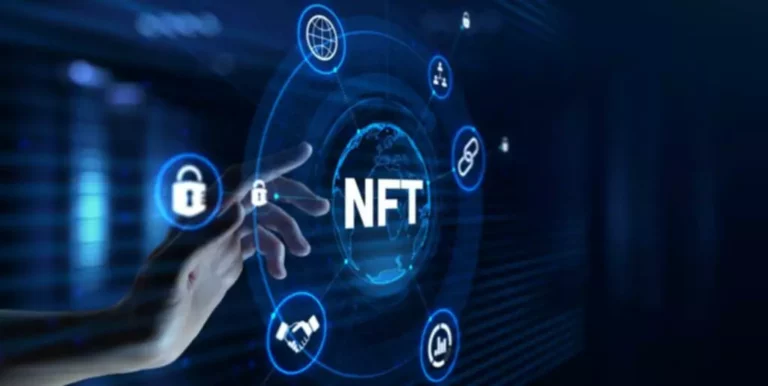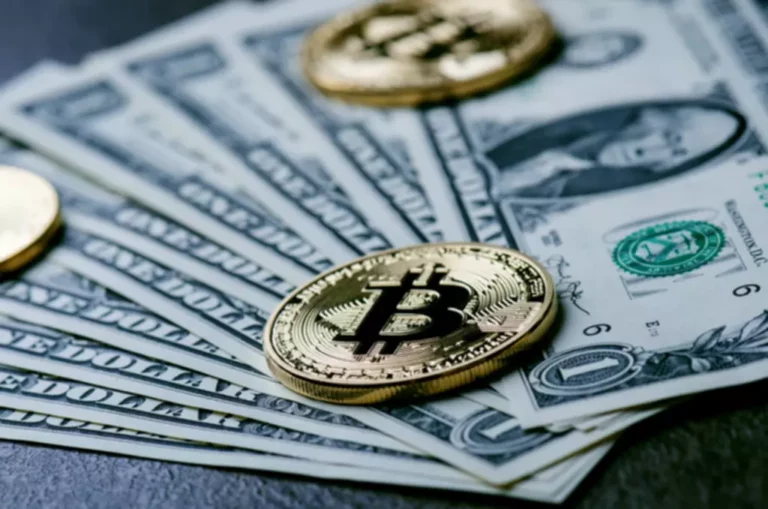Most recently, the Ethereum London Hardfork Upgrade burned one-third of its coins as a transaction fee, to carry out the first steps towards their full shift from proof-of-work to proof-of-stake. One useful indicator of how burning can affect price comes from Bitcoin Cash. In April 2018, a miner working within the mining pool Antpool revealed that 12 percent of the Bitcoin Cash it mines would be sent to unobtainable addresses. A coin burn is recorded as a transaction on the blockchain and is visible to everyone.
- In addition to its economic implications, burning also has technical ramifications.
- In general, this practice is intended to increase the value of the shares while increasing the company’s financial performance.
- To avoid this, it’s important to do your research on the crypto you’re investing in or stick to safer cryptocurrency stocks.
- It is almost impossible to maintain a constant price of a cryptocurrency in the long run without being tied to a real asset.
- For instance, a certain percentage of transaction fees might be burned automatically with every transaction.
- This demonstrates a long-term commitment to scarcity, making token holders marginally richer than they would have been otherwise.
The SoFi Invest® platform makes it easy to buy and sell crypto when you set up an Active Invest account through the SoFi Invest app. SoFi doesn’t offer crypto wallets or staking, but you can trade dozens of different crypto, 24/7, from the security and convenience of your phone or laptop. According to the post, landfill personnel were focused on separating smoldering piles to allow water trucks better access to spray down the affected areas. Crews planned to work in a west-to-east direction to systematically address those piles. On Monday morning, Salt River Fire said the fire was smoldering, meaning it was burning without a flame.
Burning Crypto Tokens: What Does it Mean & How Does it Work?
Project owners may purchase a sum of the project’s available currency on the market themselves and send it directly to burner addresses. Another method for burning crypto, used by some networks like XRP Ledger, involves placing a fee on every crypto transaction and burning the collected fees. Typically, they come paired with a private key, providing means to open the vault.

Conversely, if the price exceeds this level, new tokens will be minted and added to the supply to stabilize the token value. This process called “rebasing” and is the foundation for a raft of stablecoin innovation in DeFi 2.0. Burning large amounts of cryptocurrency tokens can have the effect of increasing the scarcity of that token.
Recovering lost coins
Coin burning happens when a cryptocurrency token is intentionally sent to an unusable wallet address to remove it from circulation. The address, which is called a burn address or eater address, can’t be accessed or assigned to anyone. With coins large and small, there’s news about how the developers burned millions, billions, or even trillions of tokens. In this article, you’ll learn exactly what cryptocurrency burning is and why developers do it. Some cryptocurrencies have inherent burning mechanisms built directly into their protocols.
While in reality, the coins are \ sent to a wallet that they control. Once the price increases, the developers could sell off their coins and walk away with a hefty profit, leaving remaining stakeholders with worthless tokens. Developers can claim to burn tokens when they’re actually sending those tokens to a wallet they control. To avoid this, it’s important to do your research on the crypto you’re investing in or stick to safer cryptocurrency stocks. Oftentimes, crypto is burned by owners or developers of crypto projects.
Pros and Cons of Burning Crypto
The more people who want to buy, hold, or use Bitcoin, the faster the price will tend to rise because there are only so many coins to go around. As long as the demand stays constant and the supply remains limited, the price of Bitcoin may keep rising compared to any fiat currency. Past performance, of course, being no guarantee of future results. With the rise of decentralized finance (DeFi) protocols, coin burning has become more common. It operates on the principle of allowing miners to burn virtual currency tokens. They are then granted the right to write blocks (mine) in proportion to the coins burnt.
Terra Classic Price Prediction: LUNC Gains 1% – Can LUNC … – Cryptonews
Terra Classic Price Prediction: LUNC Gains 1% – Can LUNC ….
Posted: Wed, 27 Sep 2023 09:18:00 GMT [source]
They entail on the company buying back some of their own stocks and shares from the market. You can think of token burning as the crypto version of a buy back – let’s have a look at this in action. Coin burning on its own doesn’t tell you whether a cryptocurrency is a good investment.
SHIB community reduced circulating tokens
By reducing the total supply of a coin, the hope is that the value of a specified digital asset will increase with market demand. At its core, the process involves intentional and permanent removal of tokens from the available circulating supply. It is achieved by sending tokens to a specific cryptographic address, often referred to as the “burn address”.
Other examples of coins that employ a periodic burn schedule include Tron (TRX) and Hacken (HKN). Generally speaking, restricting the supply of a cryptocurrency should lead to an increase in the value of the existing tokens as they become scarcer. As such, coin burns are typically considered positive and welcomed by token holders. However, not every coin burn leads to a price increase for the burned token. Burning crypto is a common practice, exercised by cryptocurrency platforms, that permanently removes tokens from circulation.
Applications for coin burning
Some projects opt for a unique approach where, instead of distributing dividends or rewards to holders, they burn tokens. The idea is that by reducing the supply, the value of the remaining tokens might increase, benefiting all holders indirectly. Burning burning crypto meaning crypto is also a way for projects to demonstrate their commitment to a robust economic model. By actively managing their token supply, projects can signal to investors that they are committed to maintaining, if not increasing, the token’s value.

Najnowsze komentarze